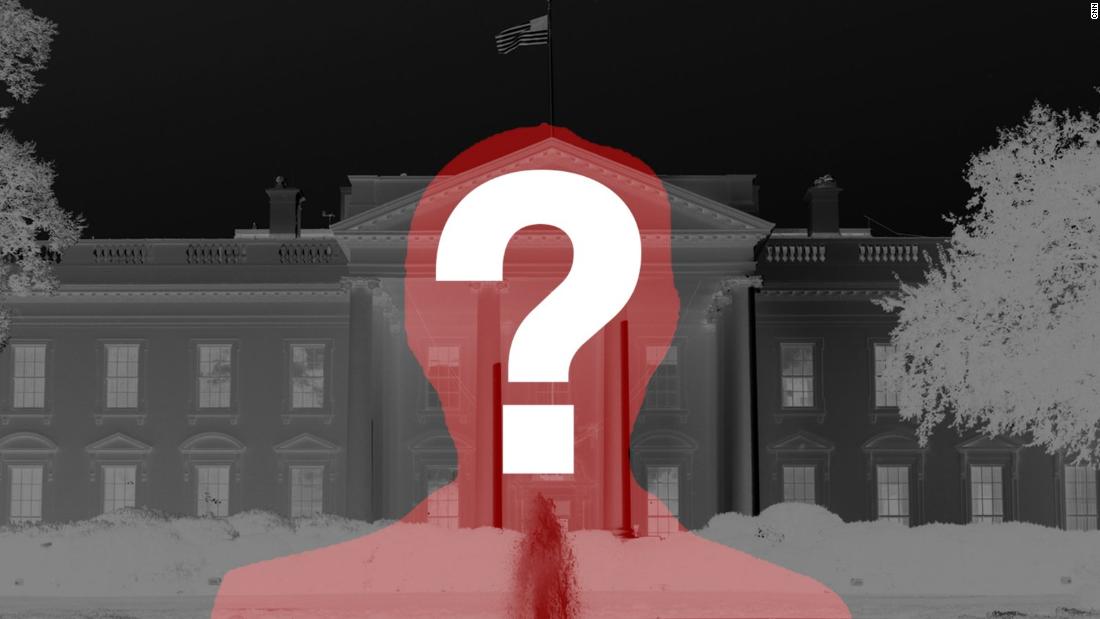[ad_1]
Which, of course.
But if you are a newspaper/sourcing nerd — and I am! — there is something that can be gained by a) digging into the way that the Times described the writer and b) understanding the Times’ calculus in publishing the piece at all.
The writer was described by the Times as a “senior official in the Trump administration,” which is, obviously, very, very broad. There are thousands of people within the federal bureaucracy and God knows everyone thinks they are a senior official, too. (If there is anyone below you on the totem pole, they would be a junior administration official, so you could tell yourself you are a senior administration official.)
“All I can say is I feel that we follow a definition that’s been used by our newsroom in the past,” said Jim Dao, the Times op-ed editor, in a conversation on “The Daily” podcast Thursday.
Where does that leave us? Almost nowhere. Except that you have to know this about The New York Times: They aren’t publishing an anonymous op-ed from just anyone in the Trump administration. They especially aren’t publishing one that alleges a near-coup within the federal government among people concerned the President is not only hopelessly out of his depth but also clueless about how hopelessly out of his depth he actually is.
In short: If some midlevel bureaucrat in the Trump administration comes to the Times — or has an intermediary reach out to the Times — asking to write a piece like this one without their name attached to it, the answer would be an immediate “no.” Contrary to what Trump says on his Twitter feed, media organizations are very wary of giving anyone and everyone anonymity to make attacks. Reporters push sources to put their names on quotes or at a minimum to narrow the anonymous descriptions to show as much of who these people are (and why they are saying what they are saying) as possible to the reader. Media organizations — the credible ones at least — are hugely averse to letting people take potshots without their names attached to it.
Given all of that, it’s telling that the Times was willing to extend the cloak of anonymity to this author — especially, again, because of the stakes and the target. This is not a decision made lightly. That the decision was made to publish it should tell you that this isn’t some disgruntled mid-to-upper manager buried in the bureaucracy. This is a genuine high-ranking official. A name most people who follow politics — and maybe some who don’t — would recognize. The Times simply wouldn’t do what it did for anything short of a major figure in Trump world.
[ad_2]
Source link

